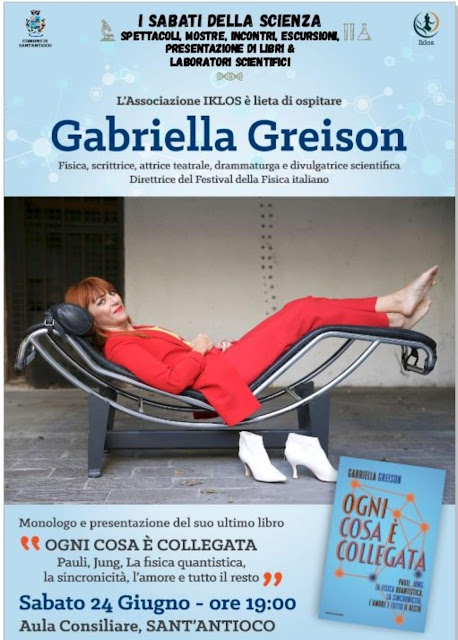Rolf-Dieter Heuer, Direttore Generale del CERN: l'etica scientifica impone di far circolare i risultati e ripetere gli esperimenti.
 Oggi Rolf-Dieter Heuer, fisico delle particelle e Direttore Generale del CERN dal 2009 annunciare ai colleghi del CERN che OPERA ha misurato "qualcosa che potrebbe essere molto importante" ma sottolinea l'assoluta necessità di effettuare altre misure in altri laboratori, per capire se c'è un errore o no. La sfida è ora trovare un modo per confutare o confermare. Senza euforia e clamore. L'argomento sarà affrontato con la dovuta cura questo pomeriggio, alle 16, nel corso del seminario programmato da tempo, dedicato l'illustrazione dei risultati dell'esperimento OPERA.
Oggi Rolf-Dieter Heuer, fisico delle particelle e Direttore Generale del CERN dal 2009 annunciare ai colleghi del CERN che OPERA ha misurato "qualcosa che potrebbe essere molto importante" ma sottolinea l'assoluta necessità di effettuare altre misure in altri laboratori, per capire se c'è un errore o no. La sfida è ora trovare un modo per confutare o confermare. Senza euforia e clamore. L'argomento sarà affrontato con la dovuta cura questo pomeriggio, alle 16, nel corso del seminario programmato da tempo, dedicato l'illustrazione dei risultati dell'esperimento OPERA. Rolf-Dieter Heuer ci ricorda che quando una collaborazione scientifica mostra osservazioni sorprendenti l'etica della Scienza impone di rendere disponibili immediatamente alla comunità dei ricercatori questi risultati e suggerisce di incoraggiare l'esecuzione di altri esperimenti. Questo mi sembra il punto centrale della questione: non clamore ma rigore. Esattamente il contrario di come alcuni hanno fatto e continueranno a fare.
Del resto anche nella relazione scientifica (qui devo ringraziare Fabio De Sicot) basata su questi risultati ("Measurement of the neutrino velocity with the OPERA detector in the CNGS beam", Submitted on 22 Sep 2011) si sottolinea che l'anomalia (la velocità del neutrino superiore al valore di c) è tutta da verificare. E nelle conclusioni viene evitata con decisione qualsiasi interpretazione teorica dei risultati: "Despite the large significance of the measurement reported here and the stability of the analysis, the potentially great impact of the result motivates the continuation of our studies in order to investigate possible still unknown systematic effects that could explain the observed anomaly. We deliberately do not attempt any theoretical or phenomenological interpretation of the results".
Ancora una volta: state calmi e aspettate altri risultati prima di demolire Einstein.
Andrea Mameli www.linguaggiomacchina.it 23 settembre 2011
Ecco l'abstract:
The OPERA neutrino experiment at the underground Gran Sasso Laboratory has measured the velocity of neutrinos from the CERN CNGS beam over a baseline of about 730 km with much higher accuracy than previous studies conducted with accelerator neutrinos. The measurement is based on high-statistics data taken by OPERA in the years 2009, 2010 and 2011. Dedicated upgrades of the CNGS timing system and of the OPERA detector, as well as a high precision geodesy campaign for the measurement of the neutrino baseline, allowed reaching comparable systematic and statistical accuracies. An early arrival time of CNGS muon neutrinos with respect to the one computed assuming the speed of light in vacuum of (60.7 ± 6.9 (stat.) ± 7.4 (sys.)) ns was measured. This anomaly corresponds to a relative difference of the muon neutrino velocity with respect to the speed of light (v-c)/c = (2.48 ± 0.28 (stat.) ± 0.30 (sys.)) ×10-5.
Ed ecco un video del CERN (ringrazio Paola Catapano per la segnalazione) che spiega come funziona il fascio dal CERN al Gran Sasso CNGS (CERN Neutrinos to Gran Sasso) Produced by: CERN MultiMedia Productions & Gran Sasso Laboratory Communications. Director: Emanuele Angiuli. Duration: 15 min. Date: 01 September 2006. © 2006 CERN



Commenti